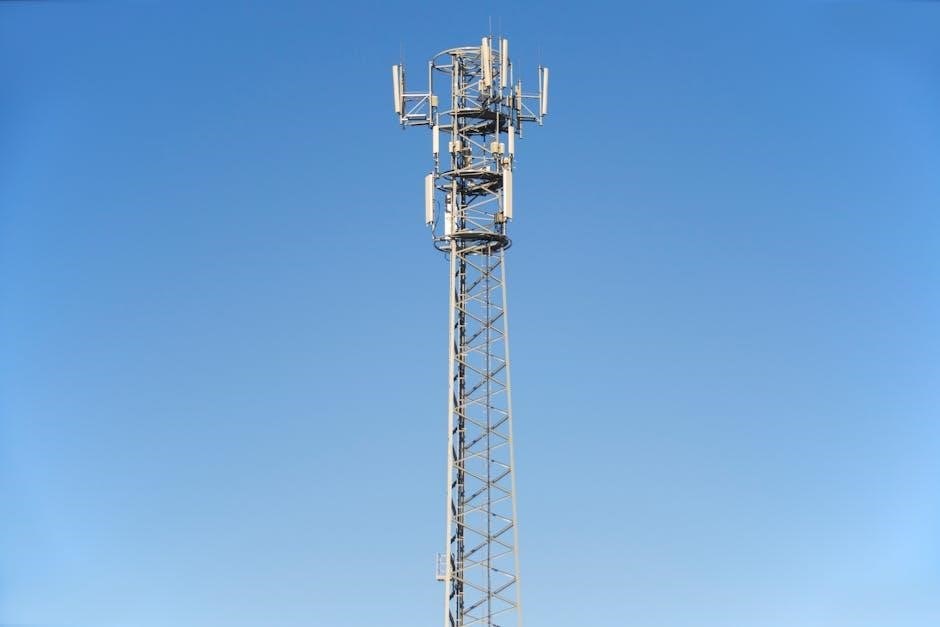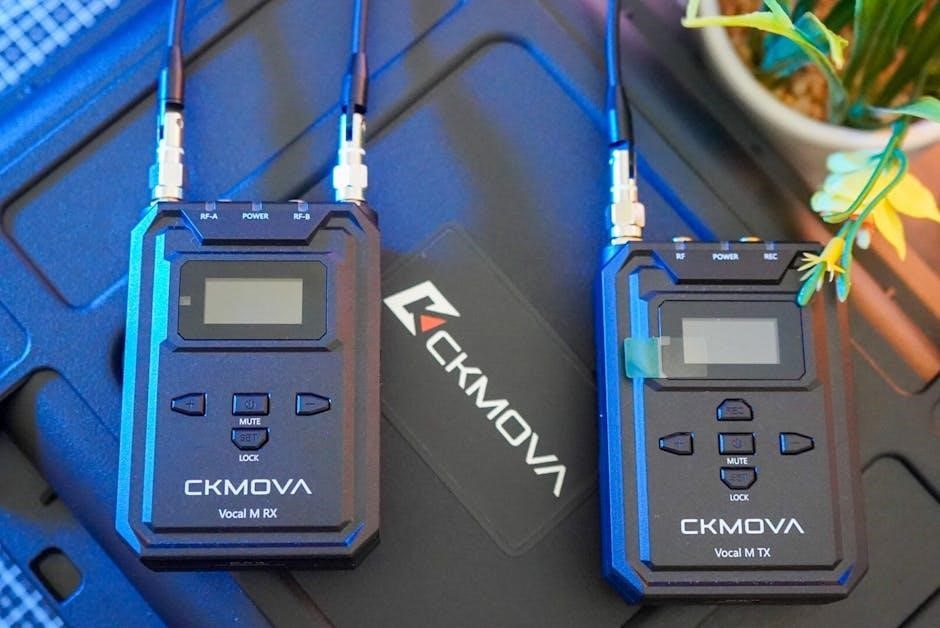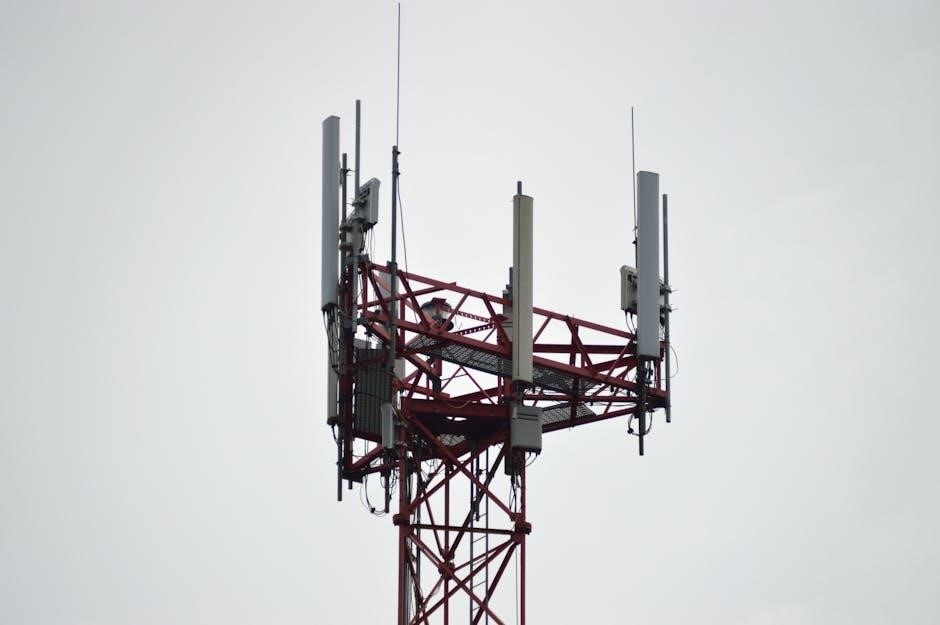
xnx xnx transmitter wiring xnx xnx transmitter manual pdf download
The XNX Universal Transmitter offers adaptability, accepting inputs from Honeywell Analytics gas sensors.
It delivers diverse industry-standard output signals.
This provides a uniform interface for gas detection, even with varied detectors.
Users should consult the technical manual for comprehensive details.
Overview of Honeywell Analytics XNX Series
The Honeywell Analytics XNX series represents a versatile range of universal transmitters designed for comprehensive gas detection solutions.
These transmitters are engineered to interface with a wide array of gas sensor technologies, offering a unified platform for diverse monitoring needs.
The XNX series supports various industry-standard output signals, ensuring compatibility with existing control systems.
Its flexibility extends to installation, featuring multiple threaded ports and ruggedized mounting options.
Users can configure the XNX to accommodate different detector types, streamlining integration and maintenance.
The series prioritizes functional safety, with features like proof test procedures to maintain operational integrity.
Technical manuals and quick start guides are available in PDF format, providing detailed instructions for installation, operation, and maintenance.
The XNX series emphasizes ease of use and adaptability, making it a valuable asset for various industrial applications requiring reliable gas detection.

XNX Transmitter Wiring
Proper XNX transmitter wiring is crucial for optimal performance.
Consider voltage drops and electrical noise.
Shielded cables are recommended, with proper termination.
Connections to Searchpoint Optima Plus/Searchline Excel utilize pluggable terminal blocks.
Consult the technical manual before wiring.
General Wiring Considerations for XNX
When wiring the XNX Universal Transmitter, several factors must be considered for proper operation and safety.
Before initiating any wiring procedures, it is imperative to confirm that the correct personality boards and options are installed within the transmitter.
This ensures compatibility with the intended sensor and output configurations.
Proper consideration of potential wiring-induced voltage drops is essential to maintain signal integrity;
Transient electrical noise can also negatively impact performance, necessitating careful wiring practices.
Dissimilar earth ground potentials should be avoided to prevent ground loops and associated issues.
Using certified M25 cable glands is crucial for maintaining the integrity of the transmitter’s enclosure and ensuring environmental protection.
Five threaded ports, available in metric or NPT versions, offer installation flexibility.
In cases where wiring is in pipe, a shielded cable may not be required, depending on local regulations and the level of electrical interference present.
The external terminal provides a supplemental bonding connection.
Wiring-Induced Voltage Drops and Electrical Noise
Wiring-induced voltage drops and electrical noise are critical considerations when installing the XNX Universal Transmitter.
Voltage drops occur due to the resistance of the wiring, especially over longer distances.
This can lead to inaccurate readings and compromised performance of the connected sensor.
To mitigate voltage drops, use appropriately sized wiring with low resistance characteristics.
Keep wire runs as short as practical to minimize the overall resistance in the circuit.
Electrical noise, stemming from various sources, can interfere with the sensitive signals transmitted by the XNX.
Sources of noise include nearby electrical equipment, radio frequency interference, and ground loops.
Employ shielded cables to protect signal wires from external electromagnetic interference.
Proper grounding techniques are essential to minimize the impact of electrical noise.
Separate signal wiring from power wiring to prevent noise from coupling into the signal circuits.
Implement filters or surge protection devices to further reduce the effects of electrical noise.
Address dissimilar earth ground potentials to avoid ground loops.
Shielded Cable Usage and Termination
Shielded cables are crucial for minimizing electrical noise interference with the XNX Universal Transmitter.
Employ shielded cables when wiring in environments prone to electromagnetic interference (EMI).
The shield acts as a barrier, preventing external noise from corrupting the signals.
Ensure the cable shield provides at least 90% coverage for optimal noise rejection.
Proper termination of the shield is vital for its effectiveness.
Connect the shield to ground at one end only, typically at the XNX transmitter end.
Avoid grounding the shield at both ends, as this can create ground loops.
Use appropriate cable glands to maintain shield continuity through the enclosure.
The shield termination should be as short as possible to minimize impedance.
Follow the manufacturer’s recommendations for shield termination techniques.
Inspect shielded cables regularly for damage or degradation.
Replace any cables with compromised shielding to ensure continued noise protection.
In cases where wiring is within a conduit, a shielded cable may not be necessary.
Local regulations may dictate specific shielding requirements.
Connections to Searchpoint Optima Plus/Searchline Excel
Connecting Searchpoint Optima Plus or Searchline Excel detectors to the XNX transmitter is streamlined using pluggable terminal blocks.
These terminal blocks facilitate easy installation and maintenance.
The XNX features dedicated terminals for these specific detectors.
Consult the XNX technical manual for the precise wiring diagram.
Ensure proper polarity when connecting the detector to the XNX.
Incorrect wiring can damage the detector or transmitter.
The Searchpoint Optima Plus and Searchline Excel require specific power and signal connections.
The XNX provides the necessary power and accepts the detector’s output signal.
Verify that the XNX is configured to accept the correct signal type;
The signal type might be analog (4-20mA) or digital (HART).
Use appropriate wire gauges for the connections to minimize voltage drops.
Securely tighten the terminal block screws to prevent loose connections.
Loose connections can cause intermittent signals or communication failures.
Refer to the Searchpoint Optima Plus or Searchline Excel manual for additional wiring details.
XNX Transmitter Manual PDF Download
XNX transmitter manuals, in PDF format, are readily available for download.
These manuals provide comprehensive information on installation, operation, and maintenance.
Download the manuals for detailed technical specifications and troubleshooting guidance.
Availability of XNX Technical Manuals in PDF Format
Technical manuals for the XNX Universal Transmitter are conveniently available in PDF format; These documents provide detailed insights into the transmitter’s functionality, installation procedures, and maintenance requirements. Users can access these manuals online, allowing for easy reference and troubleshooting in the field. The PDF format ensures that the manuals are easily searchable and printable, facilitating efficient use by technicians and engineers.
These comprehensive manuals cover various aspects of the XNX transmitter, including wiring diagrams, configuration settings, and diagnostic procedures. They also outline safety precautions and warranty information, ensuring users are well-informed about the product’s proper use and limitations. Having these manuals readily available in PDF format streamlines the process of understanding and maintaining the XNX Universal Transmitter, contributing to its reliable performance in critical applications.
Downloading XNX Quick Start Manuals
XNX Quick Start Manuals, essential for swift installation and operation, are available for download. These manuals offer an abbreviated reference for installing, operating, and maintaining the XNX Universal Transmitter. Users can easily access these resources online in PDF format, enabling quick access to key information during setup.
The Quick Start Manuals provide concise instructions and diagrams, ideal for technicians seeking immediate guidance. They cover basic wiring, initial configuration steps, and essential troubleshooting tips. Downloading these manuals ensures that users have readily available support, reducing downtime and facilitating a smooth start-up process. These manuals are designed to complement the comprehensive technical manuals, offering a streamlined approach for users who need quick access to essential information for their XNX transmitter.

Installation and Configuration
Prior to wiring, confirm personality boards and options.
Utilize certified M25 cable glands for installation.
These steps ensure proper setup and safe operation.
Refer to the technical manual for detailed guidance.
Confirming Personality Boards and Options Before Wiring
Before initiating the wiring process for the XNX transmitter, it is crucial to verify the correct installation of personality boards and options. This preliminary step is essential for ensuring seamless integration and optimal performance of the device within the intended application. Confirming these components beforehand prevents potential compatibility issues and reduces the likelihood of operational errors during subsequent stages.
Carefully review the specifications and requirements outlined in the XNX Universal Transmitter technical manual to ascertain the precise configuration needed for your specific setup. The manual provides detailed instructions on identifying and verifying the appropriate personality boards and options tailored to your gas detection needs.
Thoroughly inspect each component to ensure it aligns with the documented specifications and intended functionality. Pay close attention to any markings, labels, or indicators that denote the purpose and compatibility of the boards and options. This meticulous verification process is vital for maintaining the integrity and reliability of the XNX transmitter throughout its operational lifespan.
Using Certified M25 Cable Glands
When installing the XNX transmitter, adhere strictly to the recommendation of utilizing only certified M25 cable glands. Employing certified glands is paramount for maintaining the integrity of the transmitter’s environmental protection rating and ensuring its safe operation in potentially hazardous environments. These glands are specifically designed and tested to provide a secure and reliable seal around the cable entry points, preventing the ingress of moisture, dust, and other contaminants that could compromise the device’s functionality.
The use of non-certified or substandard cable glands can lead to premature failure of the transmitter, increased maintenance costs, and potential safety risks. Certified M25 cable glands are manufactured to meet stringent industry standards and regulations, guaranteeing their compatibility with the XNX transmitter and their ability to withstand the rigors of industrial applications.
Always consult the XNX Universal Transmitter technical manual for detailed guidance on selecting and installing the appropriate certified M25 cable glands. Ensure that the glands are properly tightened and sealed to provide optimal protection against environmental factors.

Operation and Maintenance
The XNX Universal Transmitter requires regular maintenance for optimal performance.
Consult the technical manual for detailed procedures.
Proof tests are crucial for functional safety in low-demand applications.
Proper operation ensures reliable gas detection.
Proof Test Procedure for Functional Safety
Maintaining the functional safety of the XNX Universal Transmitter in low-demand applications necessitates adherence to a specific proof test procedure. This procedure, as outlined in the XNX technical manual, is critical for verifying the integrity and reliability of the transmitter’s safety functions. The proof test involves a series of checks and calibrations designed to identify potential failures or degradations in performance.
The frequency of these proof tests should be determined based on the specific application and the recommendations provided in the safety manual. Careful documentation of each test, including the results and any corrective actions taken, is essential for maintaining a comprehensive safety record. The procedure ensures the XNX’s ability to respond effectively in hazardous situations, safeguarding personnel and assets.
Performing these tests correctly requires trained personnel and adherence to safety guidelines.

Warranty Information
Honeywell Analytics warrants the XNX transmitters against defects.
The warranty details, including coverage and duration, are in the technical manual.
Review the warranty statement for specific terms and conditions.
Honeywell Analytics Warranty Statement for XNX Transmitters
Honeywell Analytics ensures that all XNX Universal Transmitters are manufactured to the highest standards.
These standards are recognized internationally, and Honeywell’s Quality Management System is ISO 9001 certified.
The warranty covers defects in materials and workmanship under normal use.
The warranty period commences from the date of shipment.
This warranty is valid only if the product is installed, operated, and maintained according to the XNX Universal Transmitter Technical Manual.
Damages caused by misuse, negligence, or unauthorized modifications are not covered.
Honeywell’s liability is limited to repair or replacement of the defective product.
The warranty does not extend to consequential damages;
Customers must contact Honeywell Analytics for warranty service.
Proof of purchase is required for all warranty claims.
Honeywell reserves the right to inspect the product before providing warranty service.
Specific warranty details, including exclusions, are outlined in the complete warranty statement.
This statement is available in the XNX Universal Transmitter Technical Manual.
Consult the manual for the most up-to-date warranty information.



